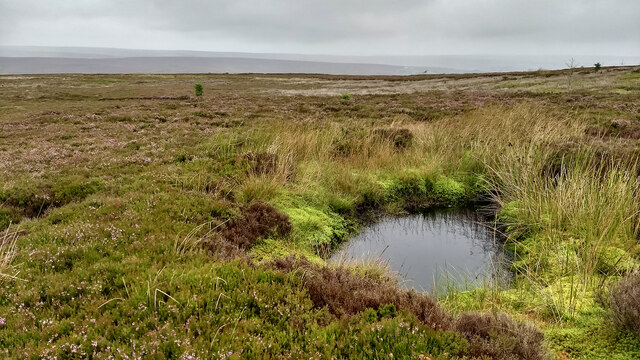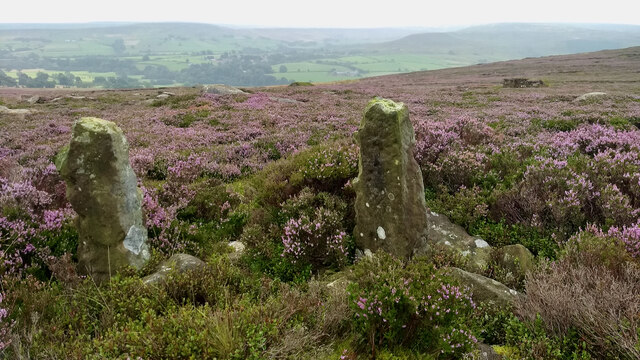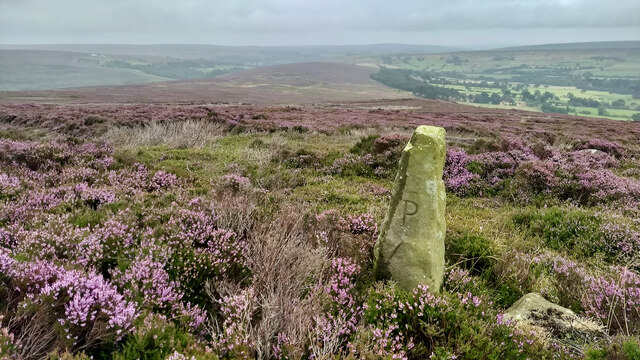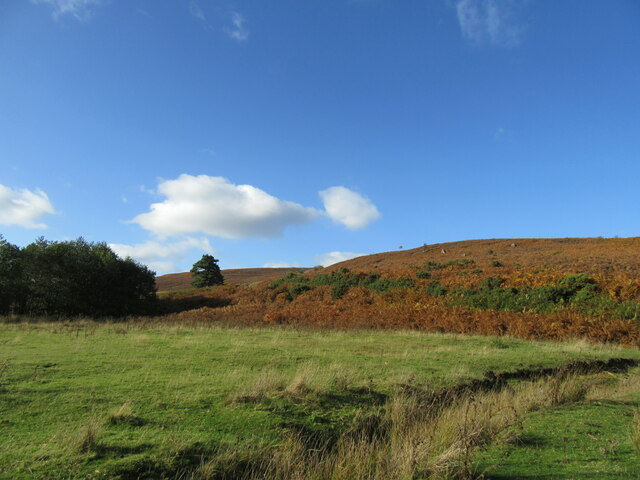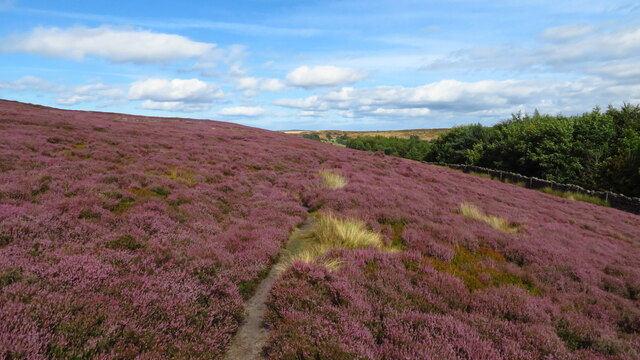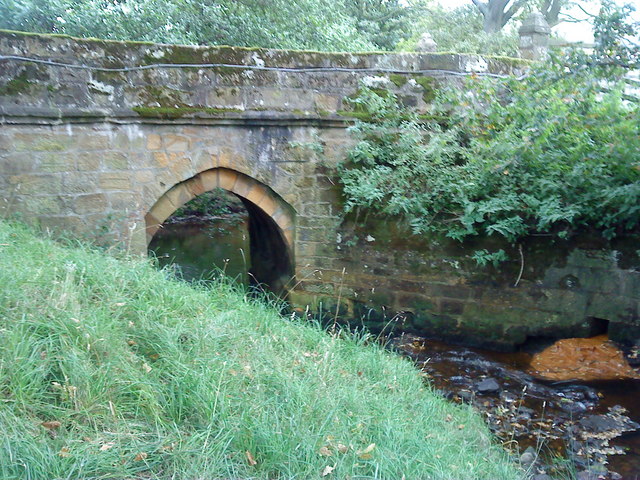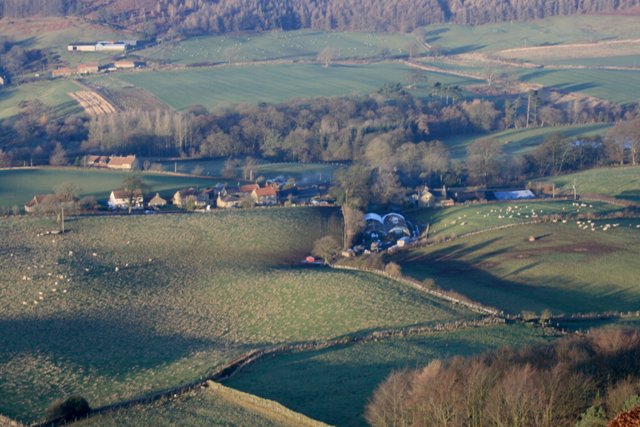Baysdale
Valley in Yorkshire Scarborough
England
Baysdale
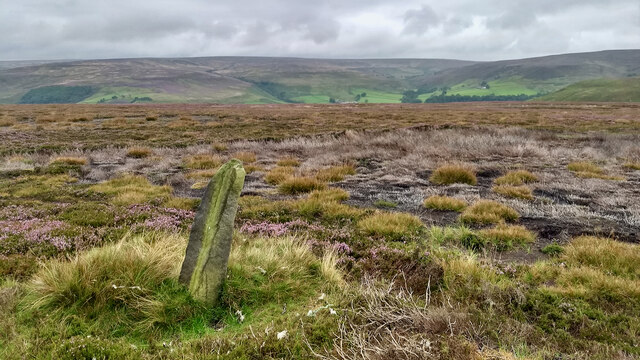
Baysdale is a picturesque valley located in the North York Moors National Park in Yorkshire, England. Situated approximately 10 miles southwest of the town of Guisborough, Baysdale is known for its stunning natural beauty and tranquil atmosphere.
The valley is characterized by its rolling hills, lush greenery, and meandering streams. It is surrounded by dense forests, which provide a habitat for a variety of wildlife, including deer, foxes, and numerous bird species. The landscape is further enhanced by the presence of the Baysdale Beck, a small river that flows through the valley, creating a peaceful and serene environment.
Baysdale is a popular destination for outdoor enthusiasts and nature lovers. The valley offers a range of walking and hiking trails, allowing visitors to explore the area's natural wonders and enjoy breathtaking views. The paths lead through heather moorland, ancient woodlands, and open grasslands, providing an opportunity to immerse oneself in the beauty of the Yorkshire countryside.
Apart from its natural attractions, Baysdale is also home to several historic landmarks. The ruins of Baysdale Abbey, a Cistercian monastery dating back to the 12th century, can be found within the valley. These ruins are a reminder of the area's rich history and offer visitors a glimpse into the past.
Overall, Baysdale is a hidden gem in Yorkshire, offering visitors a chance to escape the hustle and bustle of everyday life and immerse themselves in the tranquility of nature. Whether it's exploring the scenic trails, observing wildlife, or simply enjoying the peace and quiet, Baysdale is a destination that is sure to captivate and rejuvenate all who visit.
If you have any feedback on the listing, please let us know in the comments section below.
Baysdale Images
Images are sourced within 2km of 54.457478/-1.0101414 or Grid Reference NZ6407. Thanks to Geograph Open Source API. All images are credited.
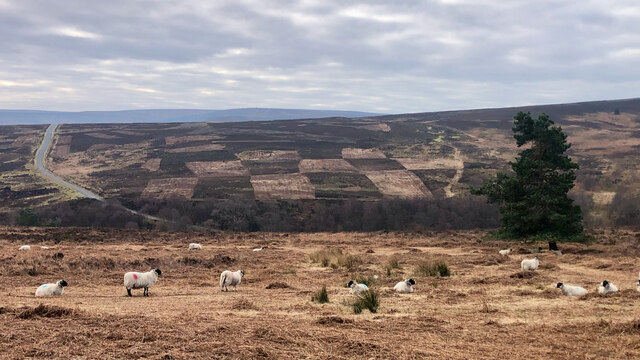
Baysdale is located at Grid Ref: NZ6407 (Lat: 54.457478, Lng: -1.0101414)
Division: North Riding
Administrative County: North Yorkshire
District: Scarborough
Police Authority: North Yorkshire
What 3 Words
///headache.butternut.parrot. Near Ingleby Greenhow, North Yorkshire
Nearby Locations
Related Wikis
Warren Moor Mine
The Warren Moor Mine, was a short-lived mining concern south of Kildale, North Yorkshire, England. Activity at the site was limited to drift mining, and...
Basedale Priory
Basedale Priory or Baysdale Priory was a priory in North Yorkshire, England located 8 miles (13 km) East from the parish church of Stokesley. It was a...
Westerdale Preceptory
Westerdale Preceptory was a priory in Westerdale, North Yorkshire, England. The land was donated to the Knights Templar by Guido de Bovingcourt in 1203...
Kildale
Kildale is a village and civil parish in Hambleton district of North Yorkshire, England. It lies approximately 3 miles (4.8 km) south-east from Great Ayton...
Have you been to Baysdale?
Leave your review of Baysdale below (or comments, questions and feedback).
